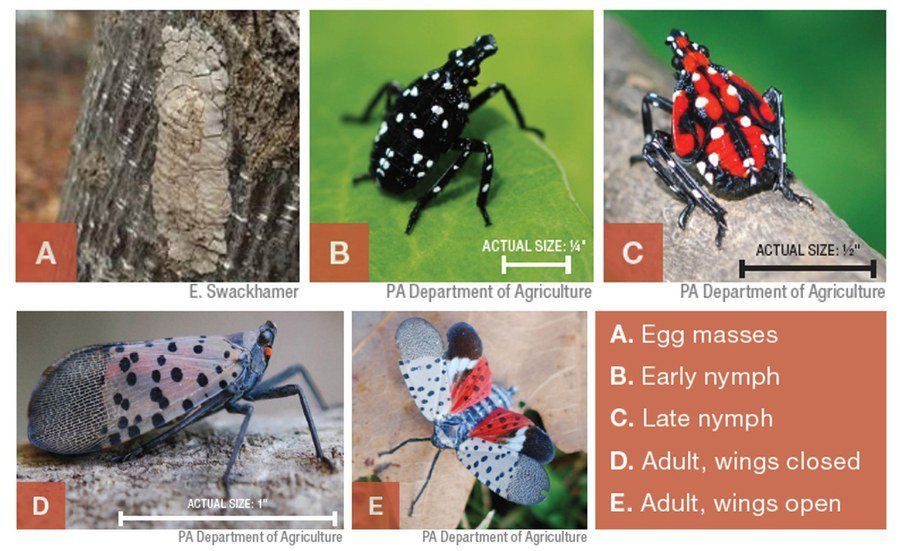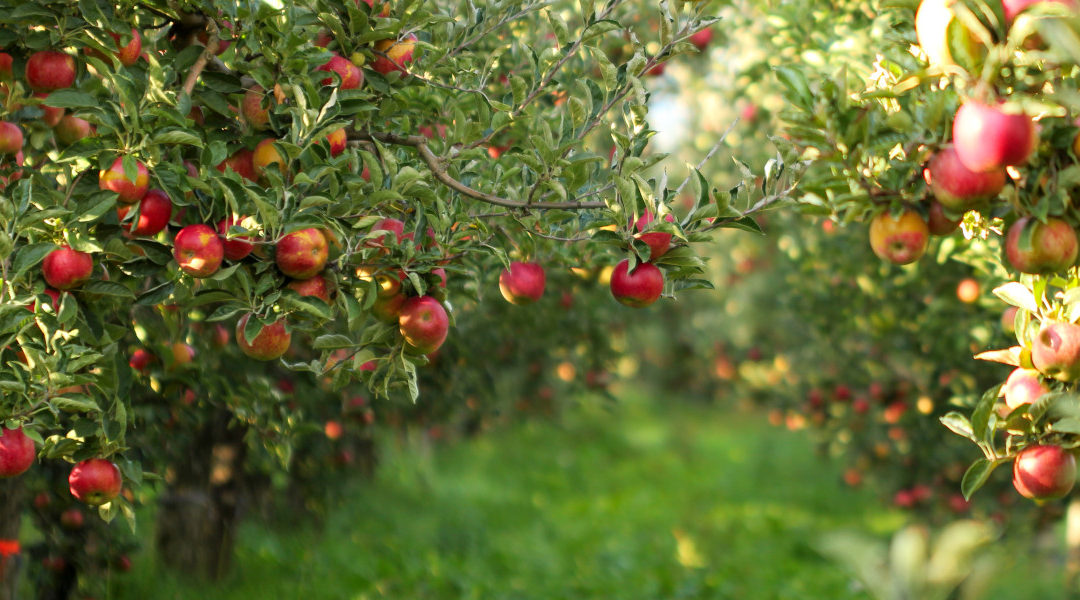The Spotted Lanternfly is quite a pesky insect and it has now entered Western Pennsylvania and more specifically Allegheny County and Beaver County. Both counties have just come down with a quarantined status which could potentially affect how people go about their daily lives, but also how some businesses will ultimately conduct their services. Before we get to that, what is the Spotted Lanternfly?
Where Did They Come From?
Spotted Lanternfly is an insect that has migrated from Asia and was first detected in Berks County, PA in 2014. As of this moment, it is still uncertain the full effect of what this insect can do, however, entomology experts are starting to narrow what they believe is a main host tree. Tree of Heaven (Ailanthus altissima) seems to be the main correlation with this insect, in which it is also an invasive species from Asia. It has been known to spot Spotted Lanternfly among the many trees, from which they migrate to other species of plants.
Ultimately, these insects have been known to feed on over 70 different plants, mainly forestry and agricultural crops such as fruit trees and grape vines. The danger these insects pose is that they feed on the sap of the plant which in turn removes many key nutrients from these plants that are needed to survive, let alone produce any fruit. On top of that, they also produce honeydew, which is a sugary excrement that can cause Black Sooty Mold among the leaves of the trees. Black Sooty Mold can eventually inhibit the leaves from conducting photosynthesis, the key to life in plants. This can cause many issues to not only crops, but homeowner’s ornamental trees and shrubs as well.
 Are Spotted Lanternfly Harmful to Humans?
Are Spotted Lanternfly Harmful to Humans?
Some people I am sure want to know if these insects are harmful to humans, and the overwhelming response has been; absolutely not. They do not bite or sting in any way and have not been known to be poisonous to humans or animals if consumed. Even the fruit of an infested tree is still viable to eat, as the insect does not feed on the fruit itself, just the bark of the plant.
Where these insects do become a problem for humans is the fact that they truly become an infestation on whatever host plant that they have chosen (they also can cause a nice thud to the side of the head if one flies into you!). Also, their egg masses can grow on just about any surface ranging from the bark of a tree all the way down to a leg of an outdoor patio chair. Rail cars seem to be very popular and is assumed how Spotted Lanternfly has migrated to the west side of the state. These insects will destroy the crops of many different fruit (has cost China a huge harvest of wine last season) and on top of that, could cause your ornamental trees/shrubs in your landscape to die as well.
We encourage you to learn more about this invasive pest and help us combat and alleviate the situation! The biggest resource to learn more on this subject and to find out what else you can do to help stop this pest can be found at: https://extension.psu.edu/spotted-lanternfly
Thanks for reading!
-DJ Slagle


Great article! Thanks for the information!